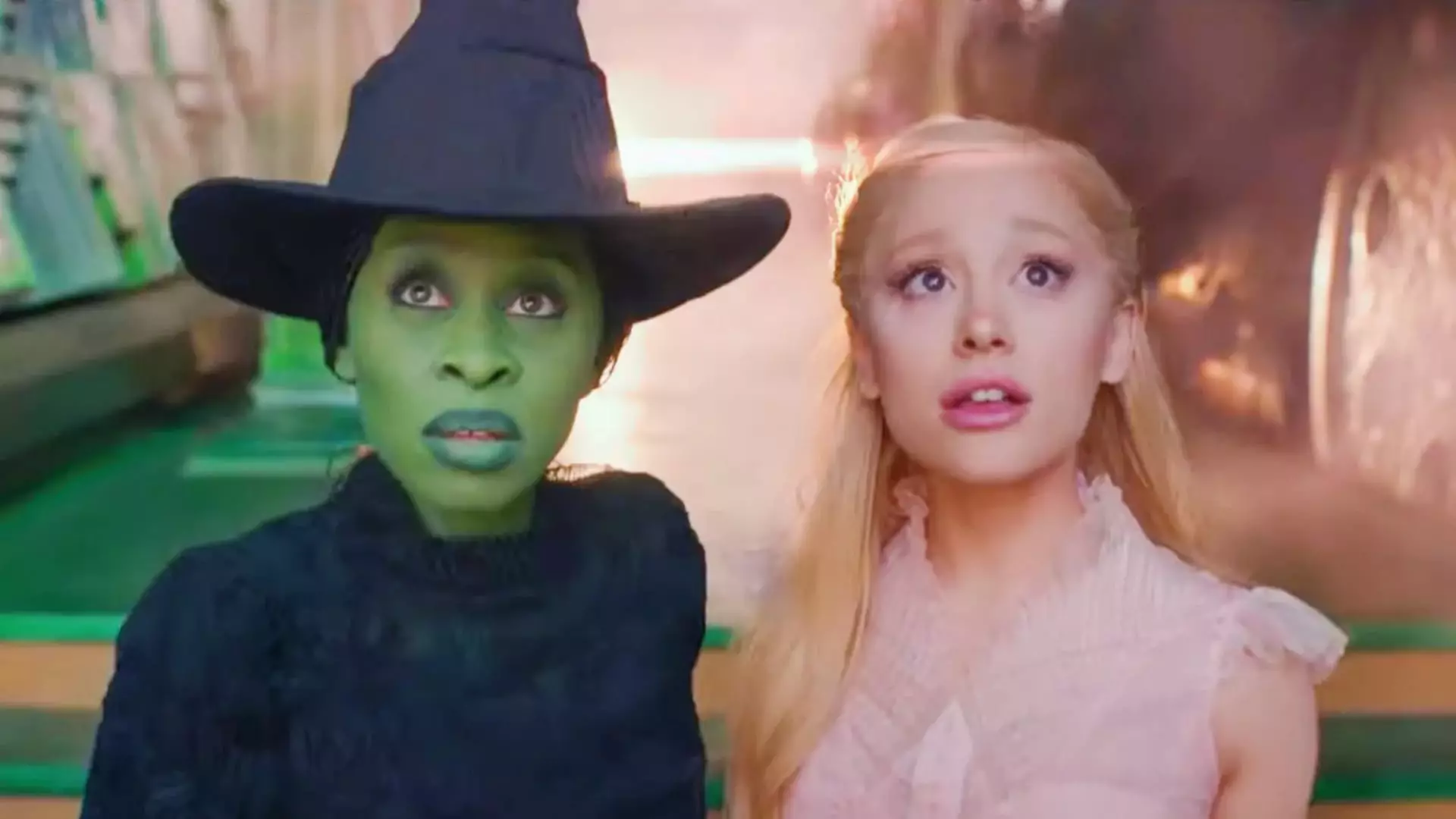In an astonishing twist of events, Mattel’s latest line of “Wicked”-themed fashion dolls has become the center of attention not due to consumer excitement, but rather because of a significant misprint on the product packaging. Initially intended to engage fans of Universal’s highly anticipated film adaptation of the Broadway hit “Wicked,” the dolls mistakenly directed consumers to a pornographic website instead of the official movie site. This oversight has led to an immediate withdrawal of the dolls from major retailers and raised questions about quality control processes within toy manufacturing.
Mattel’s Response: A Call for Caution
In an official statement, Mattel acknowledged the error and expressed deep regret over the mislabeling that occurred on the packaging of the “Wicked” doll collection. The communication highlighted the inappropriate nature of the link that was printed on the boxes, clearly specifying that it was unsuitable for children. To counter the fallout, Mattel encouraged parents to either discard the misprinted packaging or cover the erroneous link. This incident points to the critical importance of producing error-free products in the toy industry, especially when a significant audience comprises young children.
Major retailers, including Target, Walmart, and Amazon, took rapid action by removing the misprinted dolls from their online platforms. Iconic stores like Best Buy, Macy’s, and Barnes & Noble joined the ranks in ensuring that the controversial dolls were no longer available for purchase. Although these retailers are proactive in dealing with the situation, the question remains whether Mattel will opt for a reprint of the packaging or possibly issue corrective stickers. Uncertainty still looms around the financial repercussions for both Mattel and retailers involved, especially as the holiday shopping season approaches.
The timing of this mishap is especially precarious for Mattel as the release date of Universal’s “Wicked” movie draws closer, scheduled for November 22. This film adaptation is anticipated to generate a significant wave of consumer excitement, thus providing an opportune moment for the retail sector. Yet, with the windows of this launch period closing fast, it raises concerns about how Mattel’s revenue might take a hit as a direct consequence of this packaging blunder. Industry analysts are closely monitoring the situation, and the potential loss could impact the company’s bottom line in both the immediate and longer-term perspectives.
Reseller Goldmine: An Unfortunate Circle of Profit
Interestingly, while Mattel grapples with the aftermath of this error, it seems that opportunistic resellers have found themselves in a lucrative position. As news spread about the misprinted dolls, the toy market saw a surge in activity as collectors and profiteers rushed to empty shelves and capitalize on the situation. With prices skyrocketing on platforms like eBay—some listings reaching as high as $2,100—it becomes evident that this unfortunate incident has created an unintended financial boon for some. The irony of a branding error turning into a quick profit for savvy resellers underscores the unpredictability of the marketplace.
The Mattel “Wicked” doll debacle serves as a stark reminder of the complexities involved in product development and marketing within the toy industry. James Zahn, editor-in-chief of The Toy Book, notes that costly mistakes, while regrettable, do happen. This incident highlights the necessity for rigorous quality control measures and thorough reviews before products hit the shelves. Ensuring accuracy in packaging is essential, not only for protecting brand reputation but also for upholding the trust that consumers, especially parents, place in toy manufacturers.
As this situation unfolds, the future remains uncertain for Mattel’s “Wicked” doll line. The company faces pressure to act decisively while managing public relations effectively. Restoring consumer confidence in the brand is crucial, especially as marketing efforts ramp up in pushing out the “Wicked” film merchandise. Ultimately, the toy giant must learn from this misprint incident, striving for accountability and improvement in their operational processes to avert similar issues in the future. The hopes for a successful product launch are overshadowed by this unfortunate blunder, albeit in a market that often rewards resilience and adaptability.


Leave a Reply